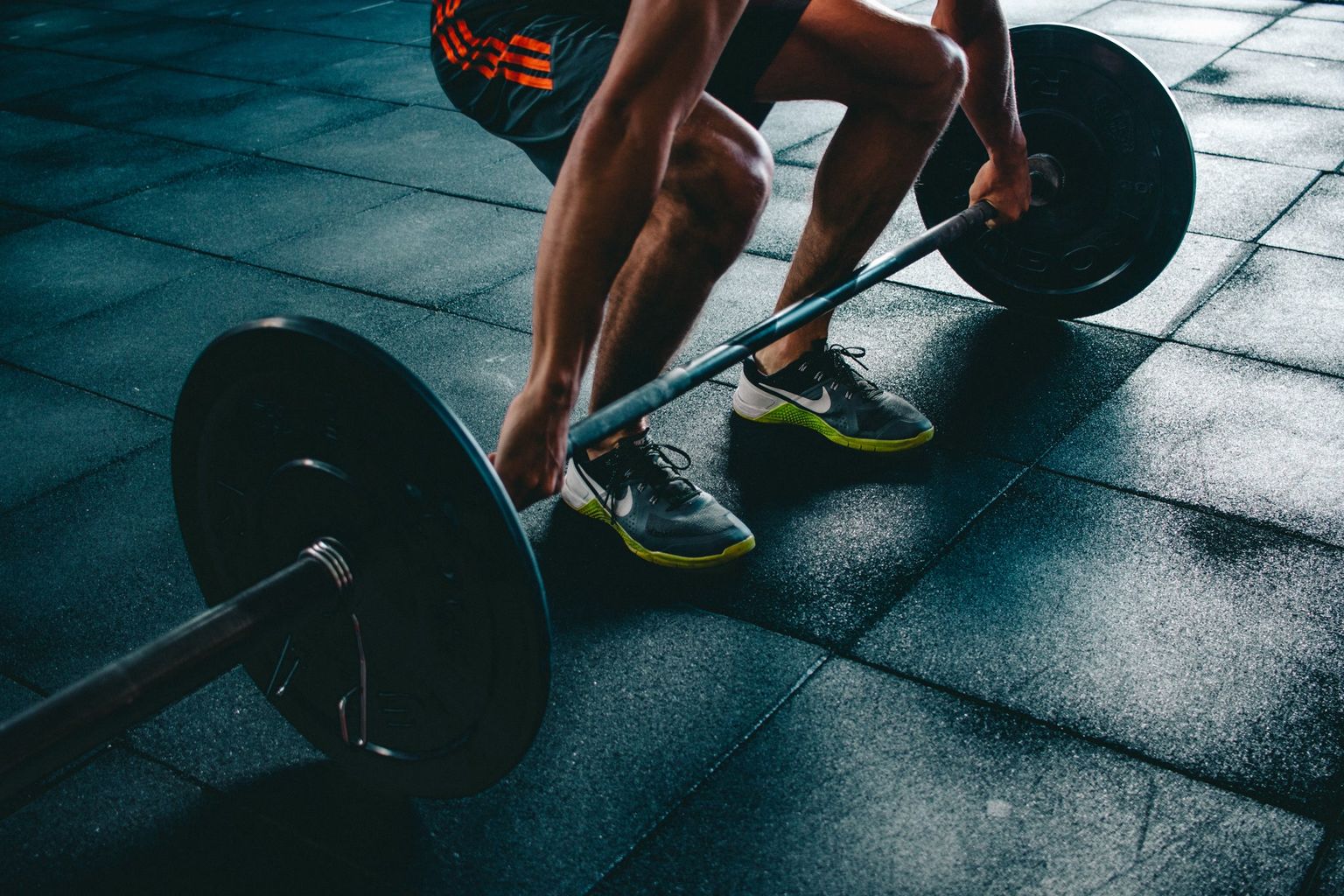What Is a Healthy Visceral Fat Level?
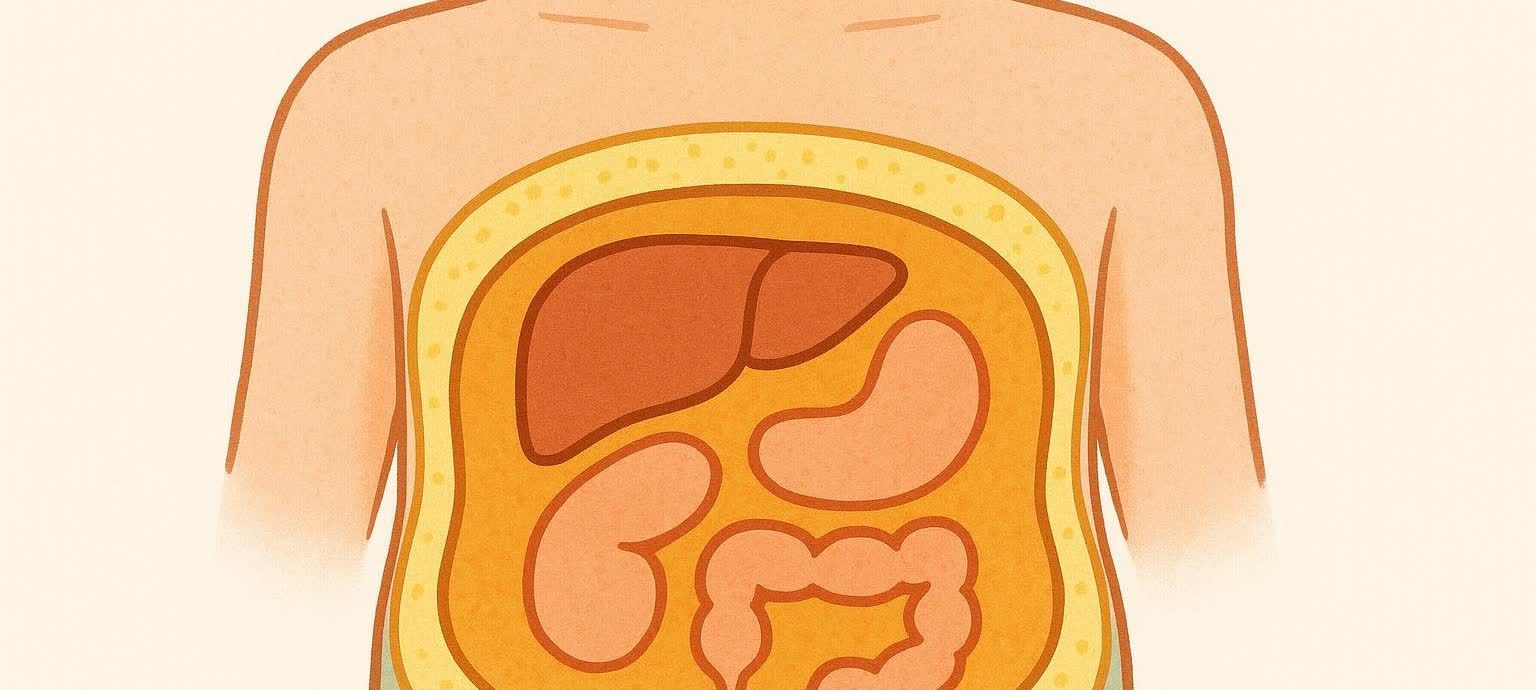
What Is a Healthy Visceral Fat Level? Clear Cut-Offs & How to Measure Yours
“How much visceral fat is too much—and, put bluntly, how much visceral fat is bad?” If you’ve ever Googled that while pinching the spot just above your belly button, you’re not alone. Visceral fat—the deep abdominal fat that hugs your organs—is strongly linked to cardiometabolic diseases. Yet most of us have no idea where the danger line starts.
This updated guide delivers the numbers you’re looking for, explains how BodySpec’s DEXA scan quantifies visceral fat more accurately than tape measures or smart scales, and outlines evidence-based ways to bring risky levels back down.
Fast Facts at a Glance
| Measuring Tool | Healthy Range | Increased-Risk Range | High-Risk Range | Key Source |
|---|---|---|---|---|
| Waist Circumference – Women | < 35 in (88 cm) | ≥ 35 in | – | Harvard Health, 2024 |
| Waist Circumference – Men | < 40 in (102 cm) | ≥ 40 in | – | Harvard Health, 2024 |
| DEXA Visceral Fat Volume | < 1,000 cm³ | 1,000–1,599 cm³ | ≥ 1,600 cm³ | Healthcare, 2021 |
| DEXA Visceral Fat Mass | < 2 lb (0.9 kg) | 2–3.5 lb (0.9–1.6 kg) | ≥ 3.5 lb (≥ 1.6 kg) | Tromsø Study, 2021 |
| Tanita/BIA Visceral Fat Rating | 1–12 | 13–19 | ≥ 20 (severe excess) | Tanita Europe, 2023 |
Ethnicity, age, and menopause can shift thresholds slightly—see “Special Populations” below.
Why Too Much Visceral Fat Is Bad for Your Health
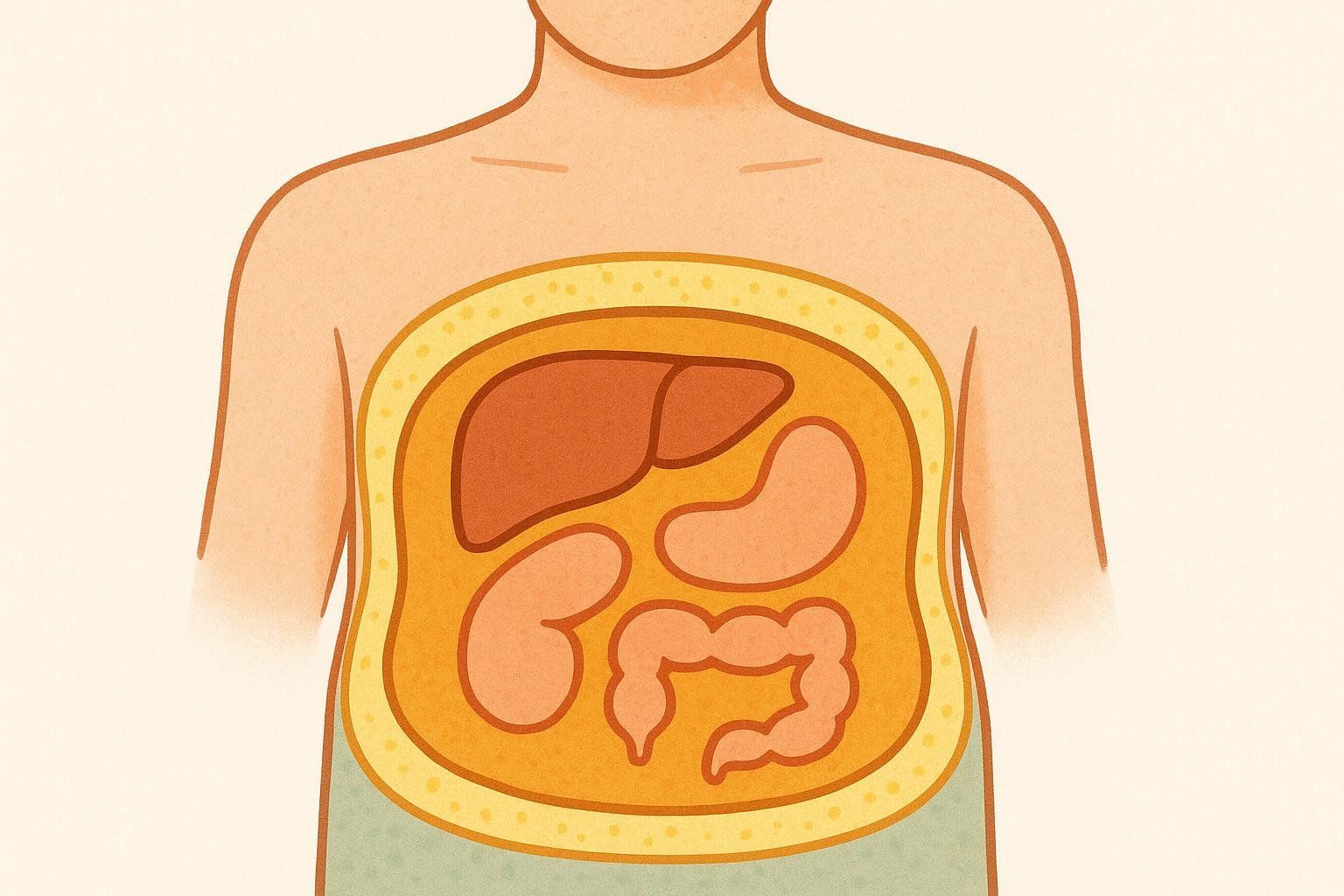
Unlike subcutaneous fat—the stuff you can pinch—visceral fat is metabolically active. It bathes your liver, pancreas, and intestines in inflammatory cytokines, floods the portal vein with free-fatty acids, and forces your body to store fat in places it was never meant to be stored. Consequences include (Circulation, 2022):
- Insulin resistance and type 2 diabetes
- Elevated LDL and triglycerides that accelerate atherosclerosis
- Non-alcoholic fatty liver disease (NAFLD)
- Higher blood pressure via overactive renin-angiotensin signaling
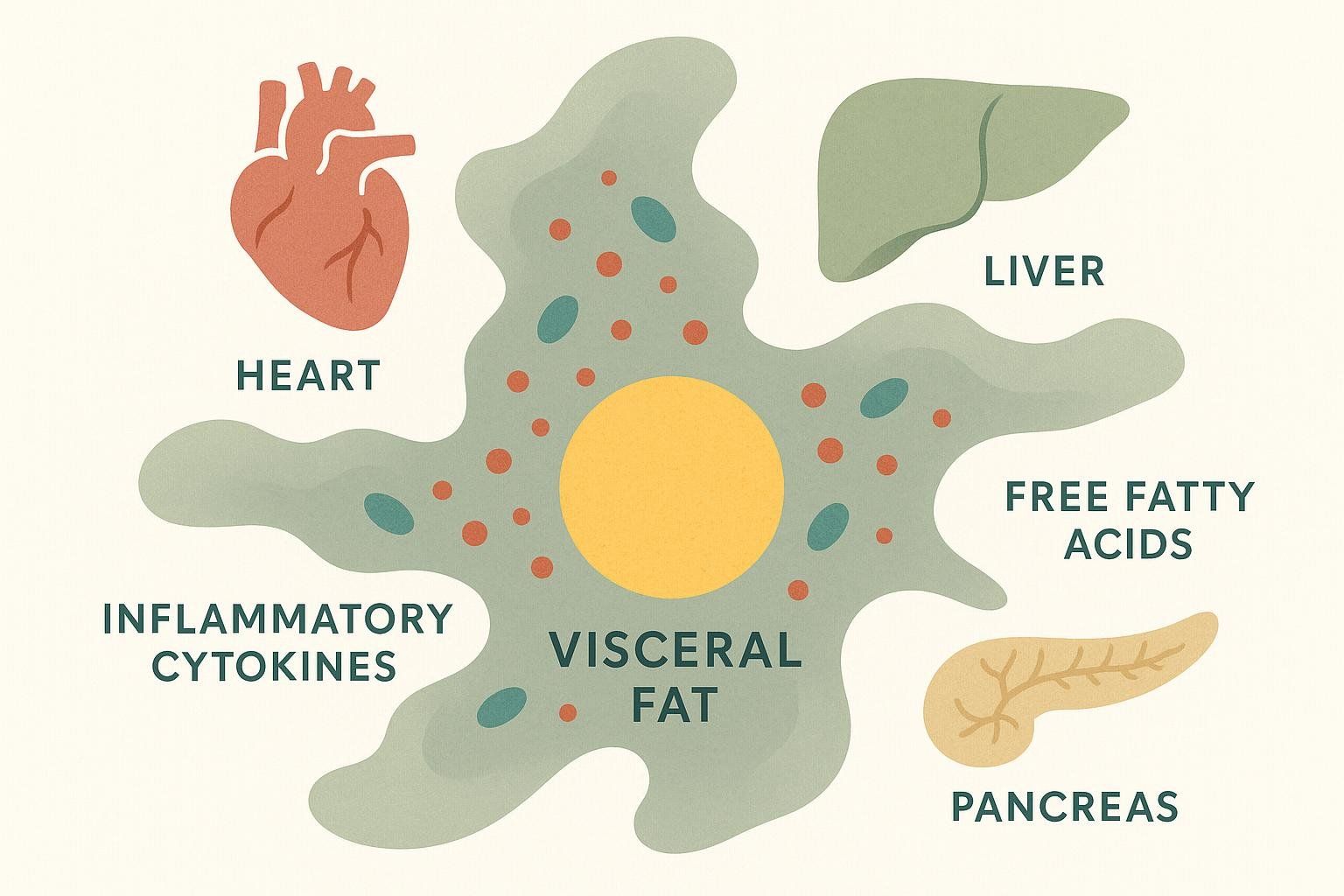
People who appear “normal weight” by BMI can still harbor high visceral fat and face the same metabolic risks as someone visibly overweight (Harvard Health, 2024).
3 Ways to Know If Your Visceral Fat Is in the Danger Zone
1. BodySpec DEXA Scan (Gold Standard)

DEXA uses low-dose X-rays to directly map fat inside your abdominal cavity. Your report includes:
- Visceral Fat Volume (cm³) – three-dimensional space your organ-hugging fat occupies.
- Visceral Fat Mass (lb or g) – how much that fat weighs.
- VAT Index – visceral fat normalized to height for apples-to-apples tracking.
Cardiometabolic risk climbs above ≈ 1,000 cm³ (≈ 2 lb) and spikes above 1,600 cm³ (≈ 3.5 lb) (Healthcare, 2021).
Ready for numbers, not guesses? Measure your visceral fat with a BodySpec DEXA scan.
2. The Tape-Measure Test (Good for a Quick Check)
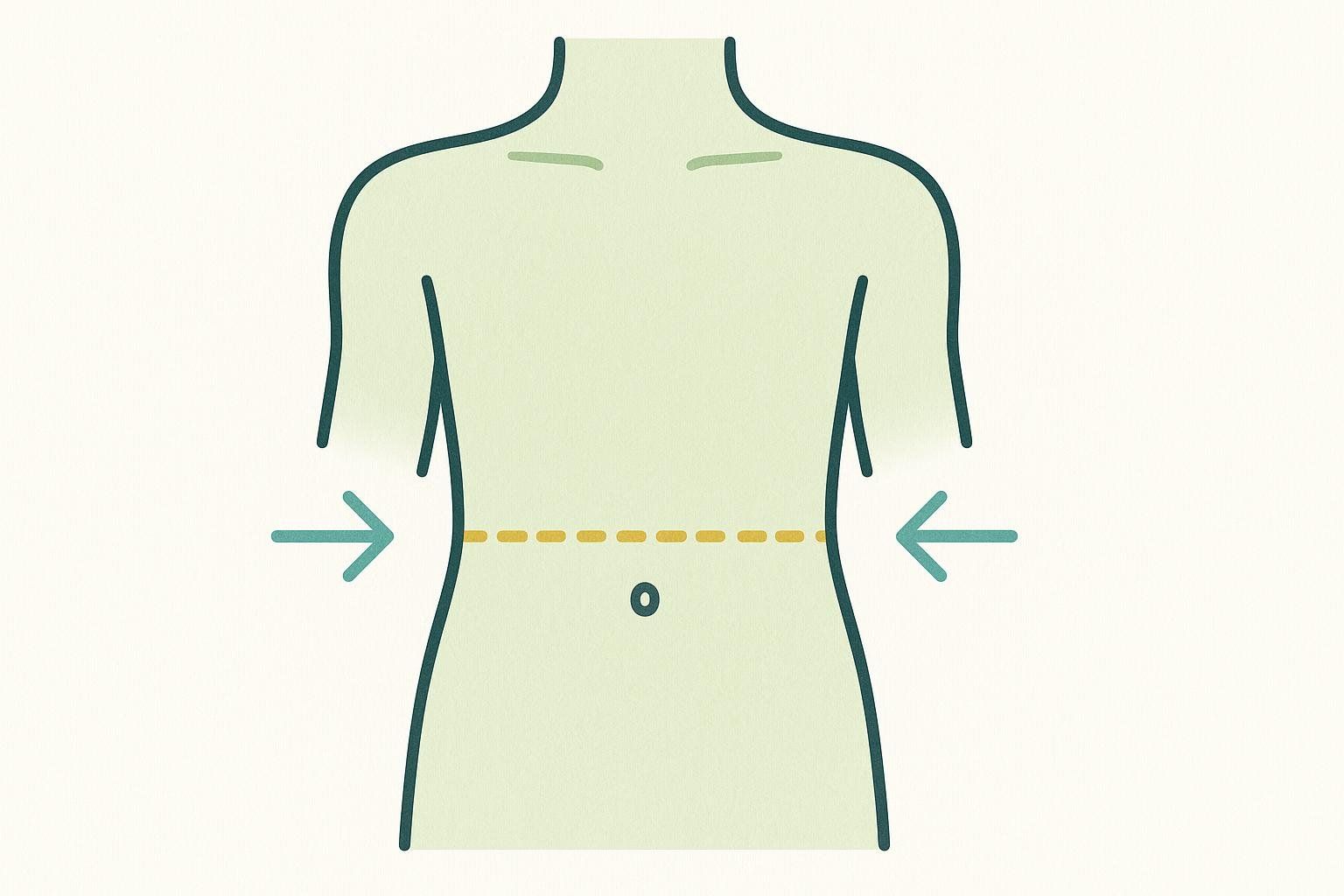
Wrap a flexible tape around your bare abdomen—level with the belly button, exhale, and record the number.
• Women: ≥ 35 inches flags elevated risk.
• Men: ≥ 40 inches flags elevated risk.
Pros: Cheap, fast.
Cons: Can’t distinguish visceral from subcutaneous fat; less accurate for very muscular or very petite bodies.
3. Smart Scale / BIA “Visceral Fat Rating” (Better, but Still Estimation)
Many home scales express visceral fat on a 1–59 scale. Scores 1–12 are considered healthy; 13–19 elevated; 20+ severe (Tanita Europe, 2023). Readings rely on electrical impedance and population averages, so results can swing with hydration or meal timing.
Want to see how BIA works? Check out The InBody Scan.
Special-Population Considerations
| Group | Why the Standard Cut-Off Shifts | Practical Tip | Source |
|---|---|---|---|
| Post-menopausal women | Estrogen drop redistributes fat inward; VAT can double within five years of menopause | Aim for DEXA VAT < 120 cm³ and add resistance training | PMC 9258798, 2022 |
| Asian & South-Asian adults | Higher metabolic risk at lower BMI & waist sizes | Use waist limits of ~31 in (women) / 35 in (men) | IDF Guidelines, 2023 |
| Strength & power athletes | Large ab muscles inflate waist numbers without extra VAT | Trust DEXA or MRI rather than tape alone | Frontiers in Physiology, 2022 |
Why it matters: Interventions based on generic cut-offs can over-treat—or worse, under-treat—these groups. Knowing your personalized threshold sharpens lifestyle and medical decisions.
Visceral Fat-Reduction Game Plan

- Prioritize protein & plants. A Mediterranean-style plate lowers inflammation and trims trunk fat.
- Mix cardio with lifting. HIIT plus 2–3 strength sessions per week shrinks VAT faster than steady cardio alone.
- Close the kitchen early. Time-restricted eating (e.g., an 8-hour window) improves insulin sensitivity and VAT loss.
- Sleep 7–9 hours. Short sleep spikes cortisol, a visceral-fat-promoting hormone.
- Scan, track, adjust. Quarterly BodySpec scans visualize exactly how your plan shifts visceral fat.
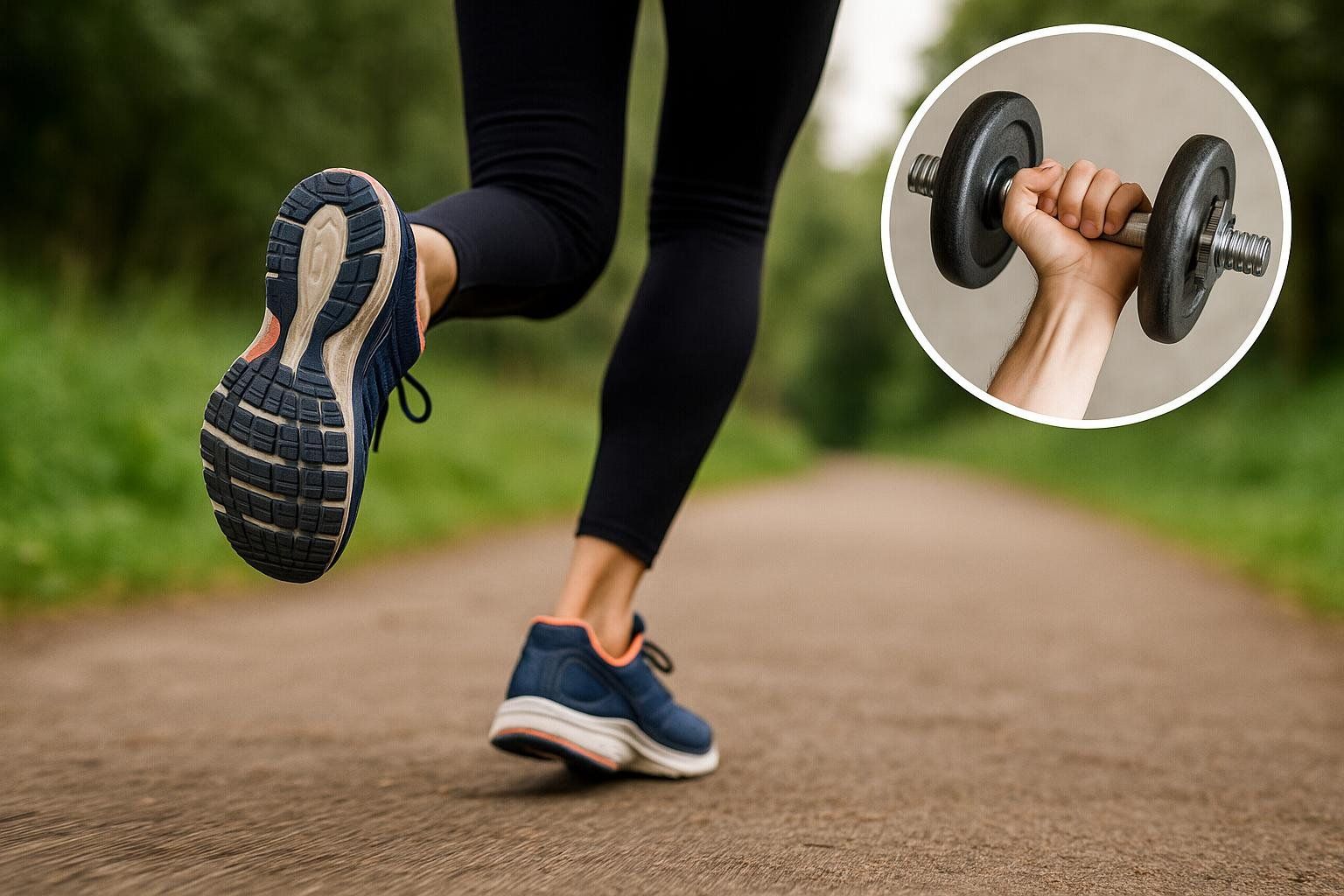
For deeper tactics, see Measuring and Reducing Visceral Fat.
Quick-Answer FAQ
How long does it take to lower visceral fat?
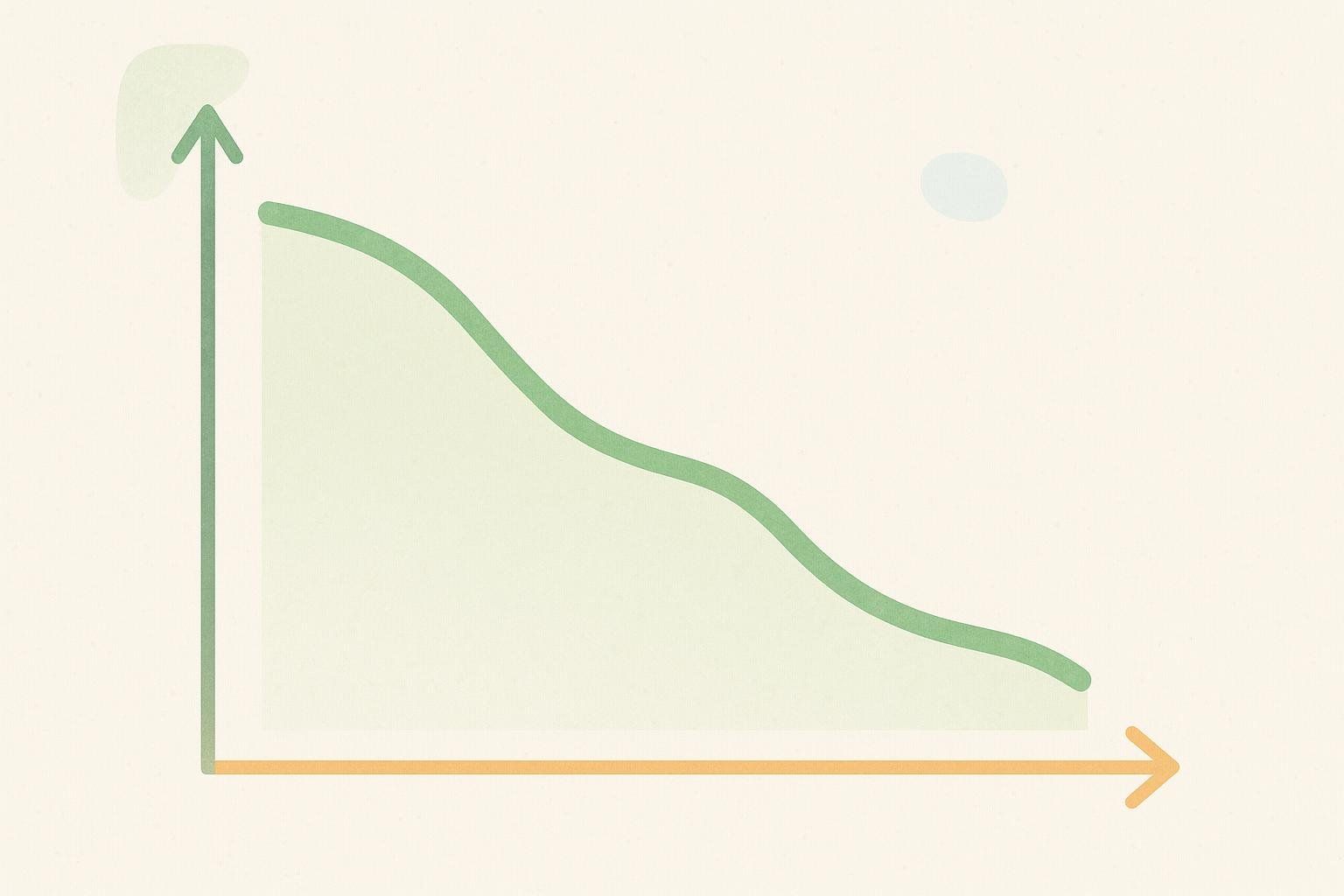
Eight to twelve weeks of consistent diet and exercise can reduce DEXA-measured VAT by 8–20 %.
Can you spot-reduce visceral fat with ab exercises?
No. Core workouts strengthen muscle but don’t selectively burn VAT. Overall energy deficit plus full-body training is key.
Does alcohol raise visceral fat?
Excessive intake—especially sugary cocktails and beer—correlates with higher VAT, even after controlling for calories.
How often should I re-check?
Every 3–4 months via DEXA balances meaningful change with cost and convenience.
Takeaway
• Healthy visceral fat isn’t a mystery number anymore. Keep your waist under 35 / 40 in or your DEXA VAT under 1,000 cm³ (≈ 2 lb).
• DEXA scans provide the most precise, repeatable measurement—crucial for anyone serious about prevention or performance.
• Action beats anxiety. Pick one habit from the game plan above, schedule your next scan, and watch those organ-hugging fat cells melt away.
Ready to see where you stand? A 10-minute BodySpec appointment does the measuring so you can focus on the doing. Schedule your BodySpec visceral-fat scan.

